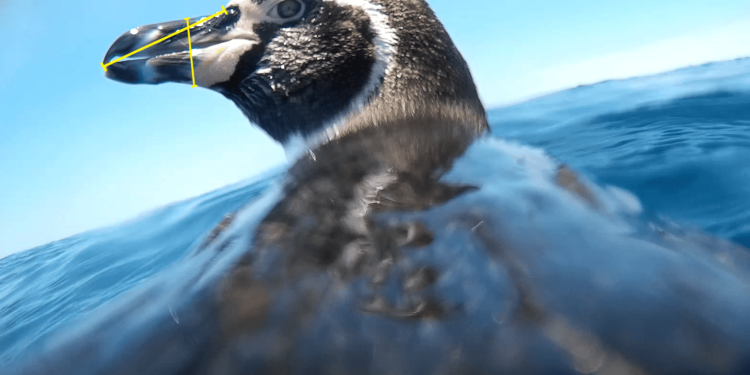Ever wondered what it’s like to be a penguin? Waddling through the ice, diving deep into the ocean, hunting for fish—all while looking effortlessly adorable? Well, thanks to PenguCams, scientists are now getting a front-row seat to the daily lives of these incredible seabirds.
These tiny, lightweight cameras—strapped onto the backs of penguins—are providing an unprecedented look at their world, offering valuable insights into how they forage, how much prey they consume, and the energy they expend in the process. It’s like a penguin version of a nature documentary, but from their own unique perspective.
How It Works: Science Meets Penguin POV
The research, led by scientist Owen Dabkowski, is revolutionizing the way we study marine predators. Instead of relying solely on tracking devices and satellite imaging, these cameras give scientists a firsthand look at penguin behavior in real time.
One of the most exciting features? A “correction factor” system that calculates the distance between a penguin’s beak and the camera. This allows scientists to freeze-frame footage of a penguin snatching up a fish and measure its size in pixels before it’s gulped down. In other words, researchers are analyzing every bite these birds take, giving them a clearer picture of how much food penguins need to survive and where they find it.
Why This Matters: Conservation and the Future of Marine Life
This isn’t just about getting cute penguin footage (though that’s definitely a bonus). The bigger picture is about marine conservation. By understanding penguin foraging habits, scientists can track changes in fish populations, monitor the health of marine ecosystems, and even influence policies that protect these birds and their environment.
With climate change and overfishing threatening food sources, this technology could play a crucial role in ensuring the survival of penguin species. As Dabkowski put it, “This new way of utilizing animal-borne camera footage can help us better appreciate the complexities of the marine world.”
A New Era of Wildlife Research
PenguCams are just the beginning. Scientists are now exploring ways to adapt this technology for other marine animals, from seals to sea turtles, giving us a never-before-seen view of ocean life.
So, the next time you see a penguin, just imagine: it might be a tiny, feathered filmmaker, capturing the mysteries of the deep—one dive at a time. 🐧🎥
Would you like to add a link to a related article for your newsletter?





















Can you be more specific about the content of your article? After reading it, I still have some doubts. Hope you can help me.
I don’t think the title of your article matches the content lol. Just kidding, mainly because I had some doubts after reading the article.
Your point of view caught my eye and was very interesting. Thanks. I have a question for you.